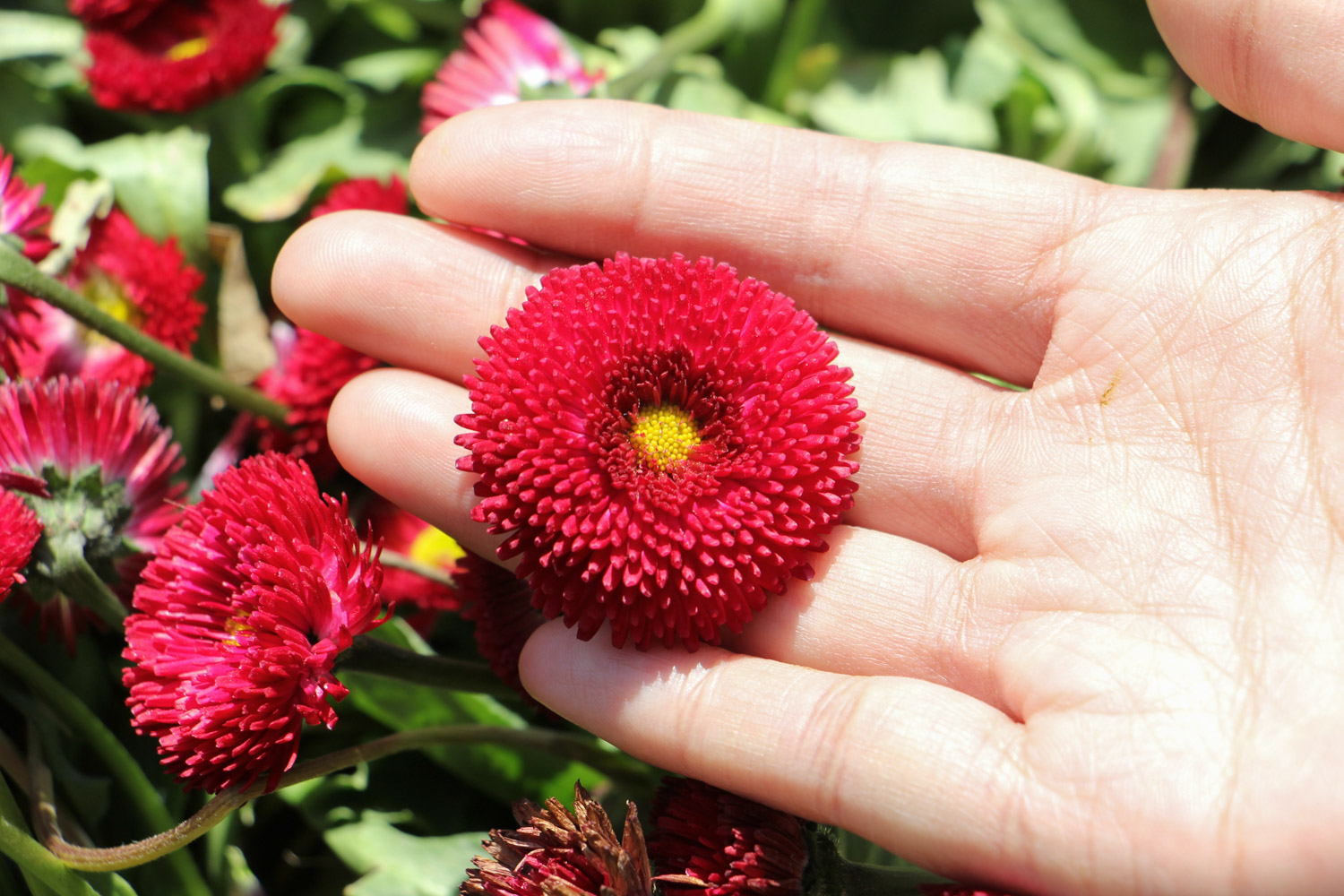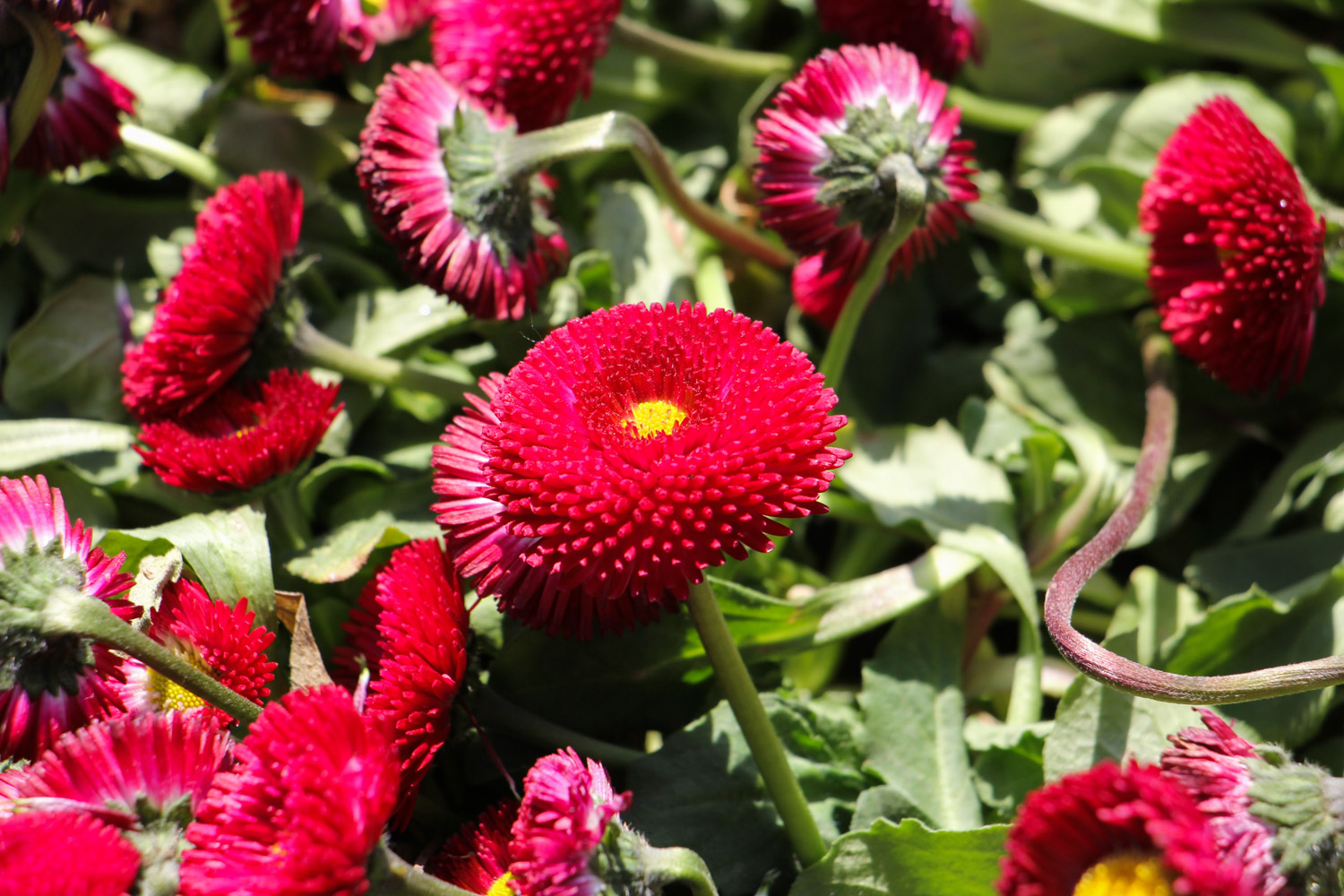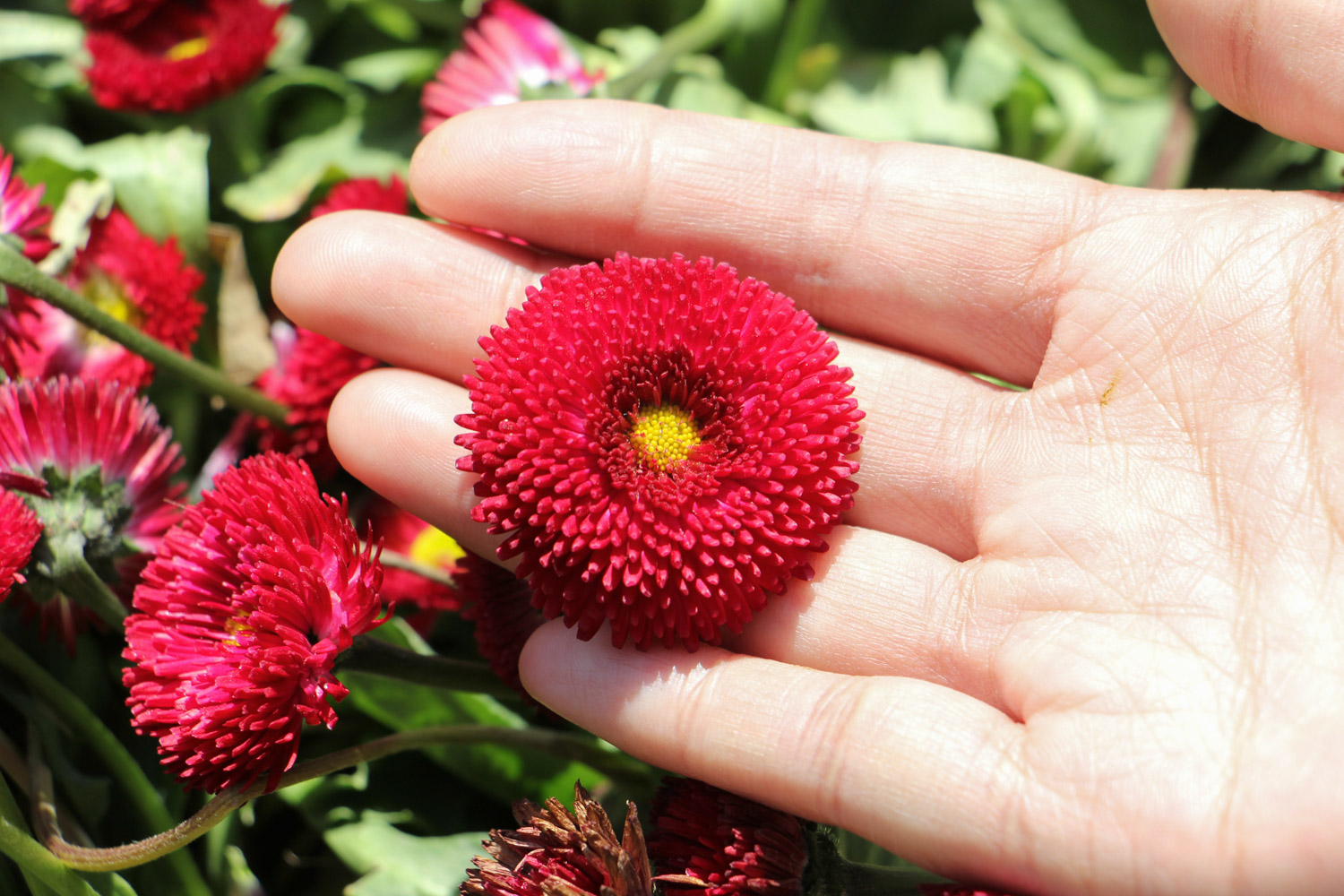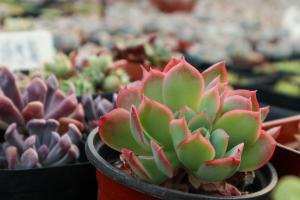1、 Increase watering
It likes to grow in a humid environment, so we must do a good job in moisturizing the soil. The temperature in early spring is not high, and the water evaporation is relatively slow. It is OK to pour water two or three times a week. In late spring, the temperature is relatively high, and the water evaporation is fast. It needs to be watered every two days. The water cannot be poured with just connected tap water. The water should be used after drying

2、 Increase nutrients
It consumes more fertilizer in spring and needs to increase nutrients appropriately. In early spring, we can use farm manure and other fertilizer with moderate fertilizer effect. In late spring, the state of the plant has been relatively stable. We can use fertilizer with strong fertilizer effect, such as nitrogen, phosphorus and potassium compound fertilizer, which is used once every two weeks

3、 Increase illumination
Daisy has a great demand for light, but it is not resistant to strong light. Therefore, it is necessary to cover the strong light slightly when it is in light. Especially in late spring, the sun is strong and the temperature is relatively high. It needs to be moved to a cool place to cool down

4、 Temperature control
Its minimum tolerance temperature is 0 degrees. If it is lower than 0 degrees, it will stop growing and frostbite. The temperature in early spring is unstable and prone to spring cold. Therefore, it is not suitable for open field breeding at this time. Open field breeding should be carried out after the temperature is stable. If it is indoor breeding, the temperature needs to be maintained at about 15 degrees, which is more suitable for its growth

 how many times do yo...
how many times do yo... how many planted tre...
how many planted tre... how many pine trees ...
how many pine trees ... how many pecan trees...
how many pecan trees... how many plants comp...
how many plants comp... how many plants can ...
how many plants can ... how many plants and ...
how many plants and ... how many pepper plan...
how many pepper plan...































